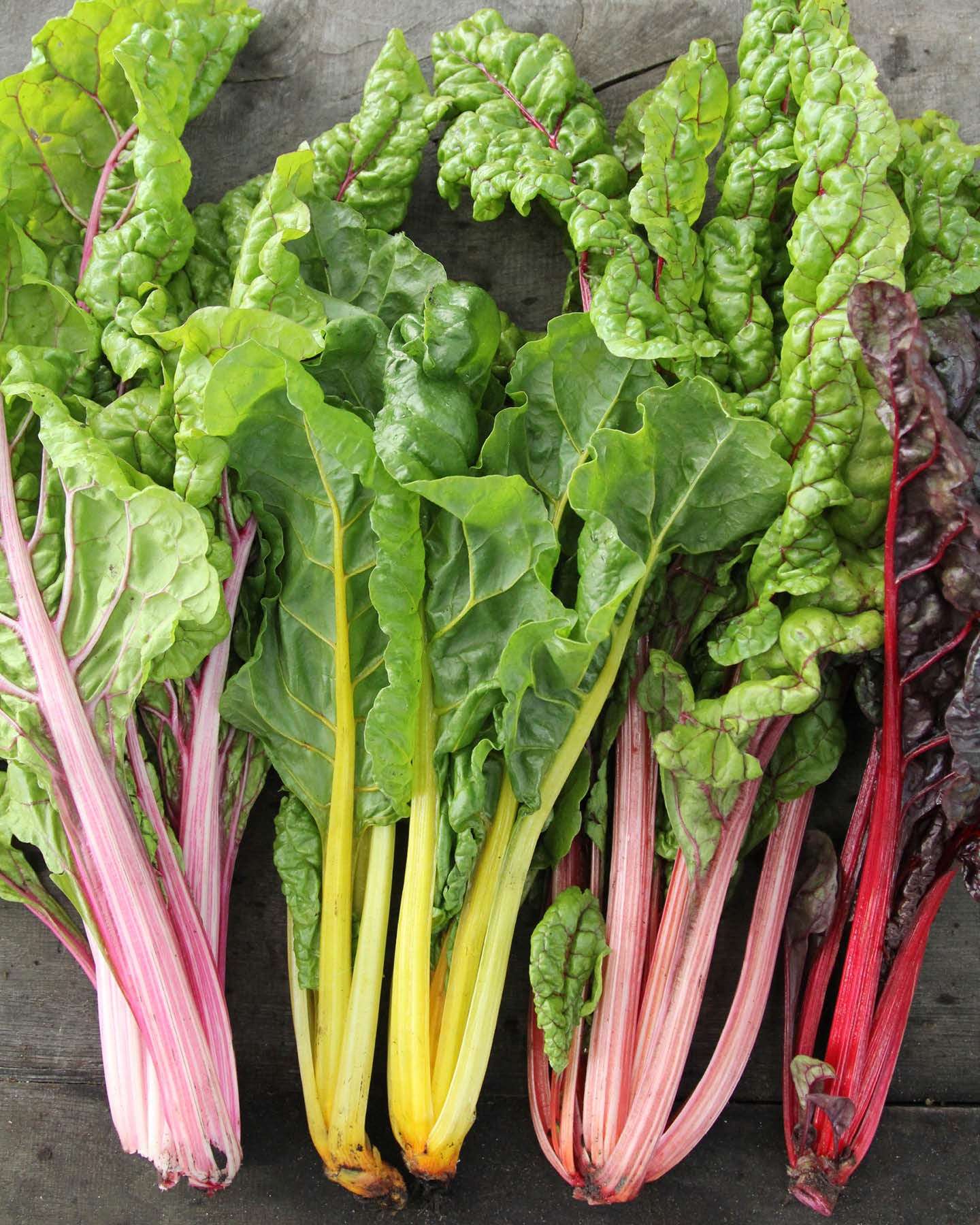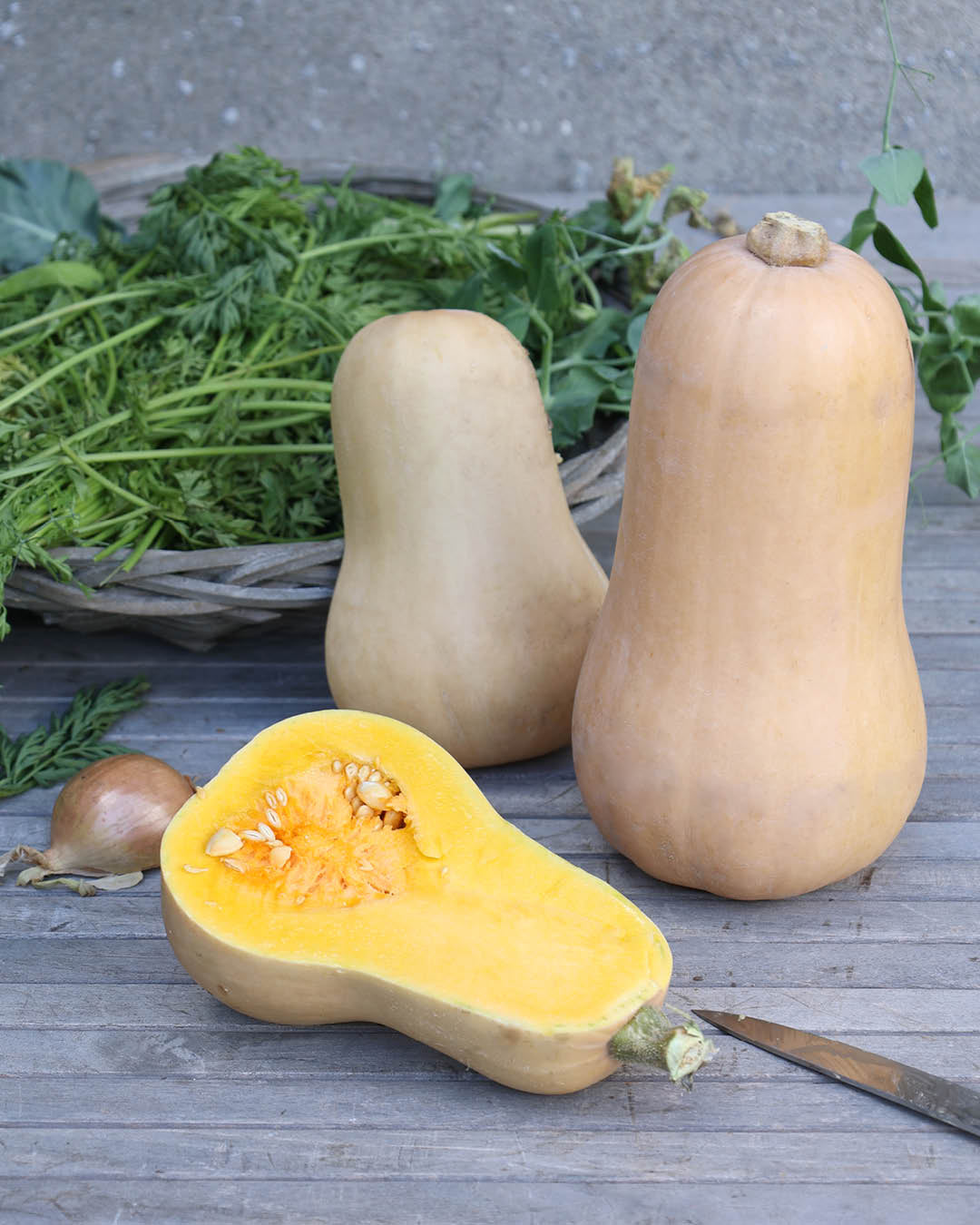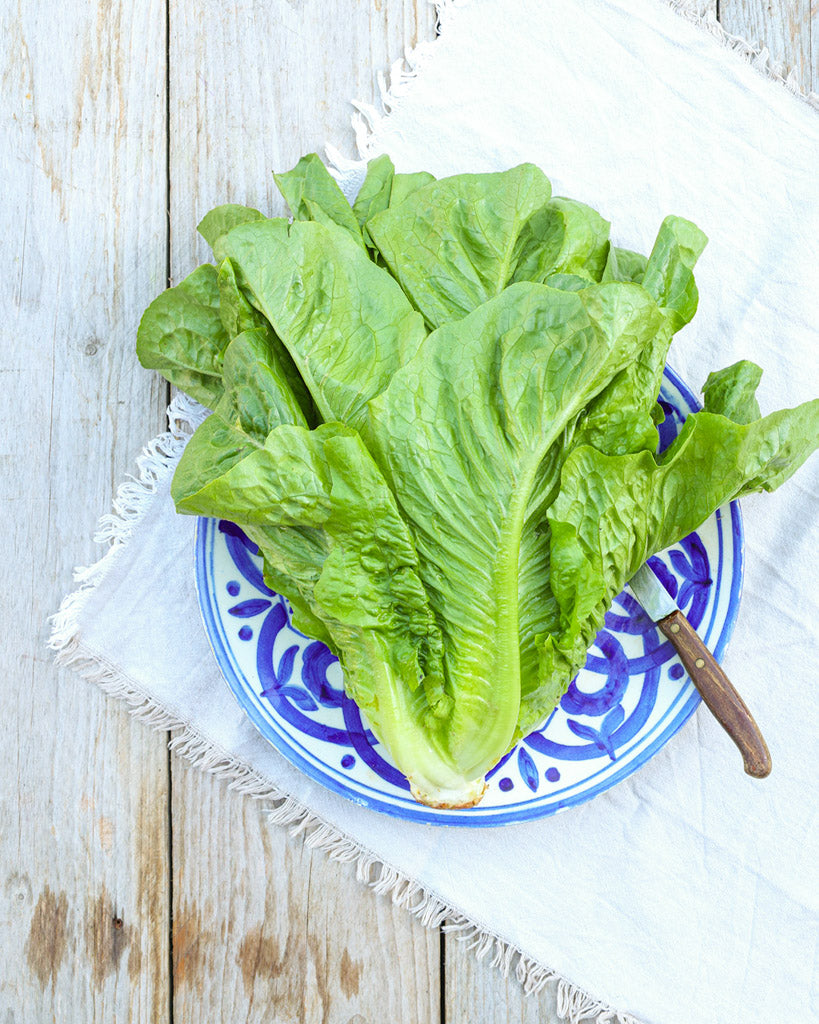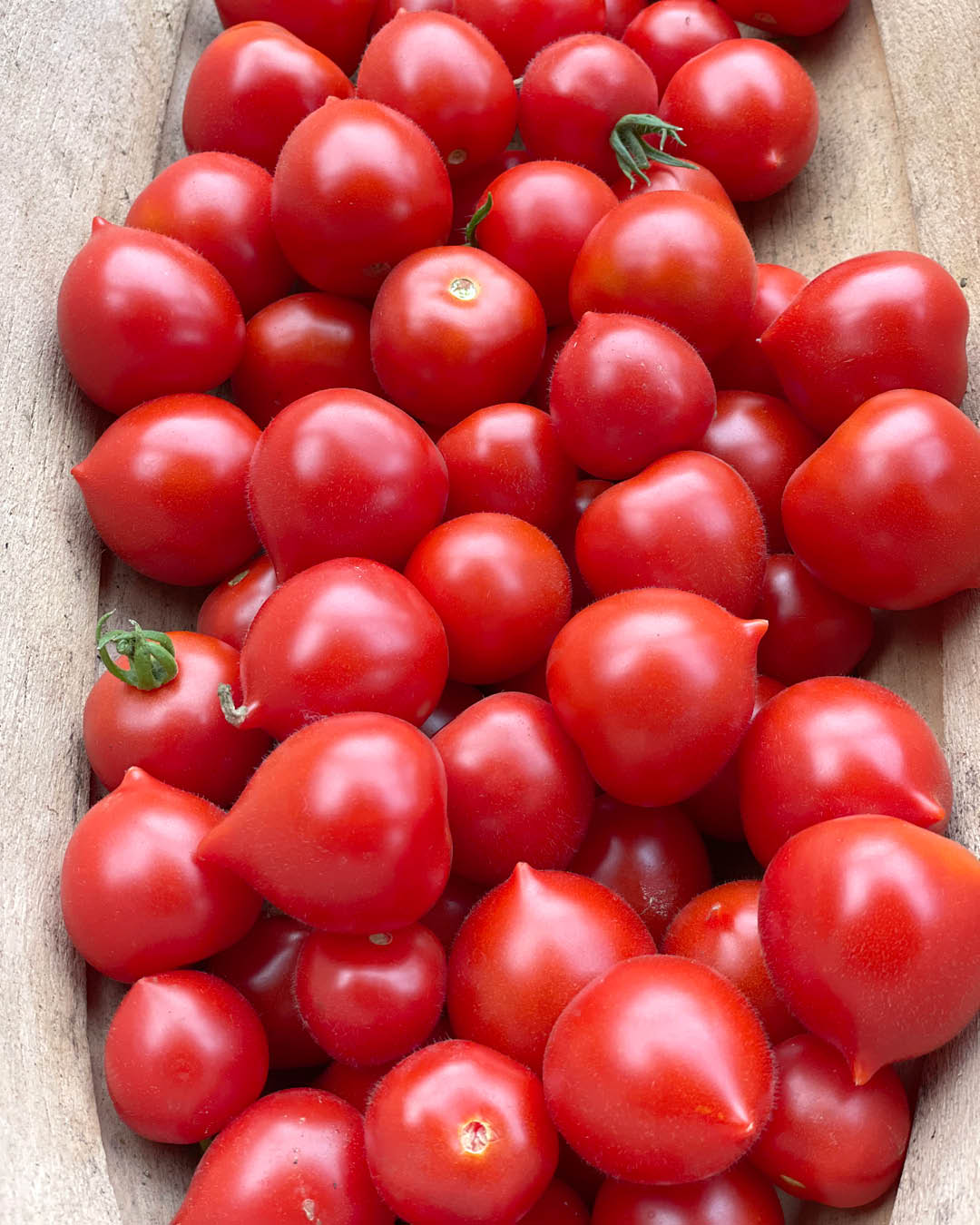Chanterelles – Mushroom happiness in late summer and autumn
This golden-yellow mushroom, widely grown in this country, is one of our favorites. Its delicate flavor and striking shape certainly speak for themselves. This delicious late summer and autumn mushroom is virtually irreplaceable for light and uncomplicated summer cooking.
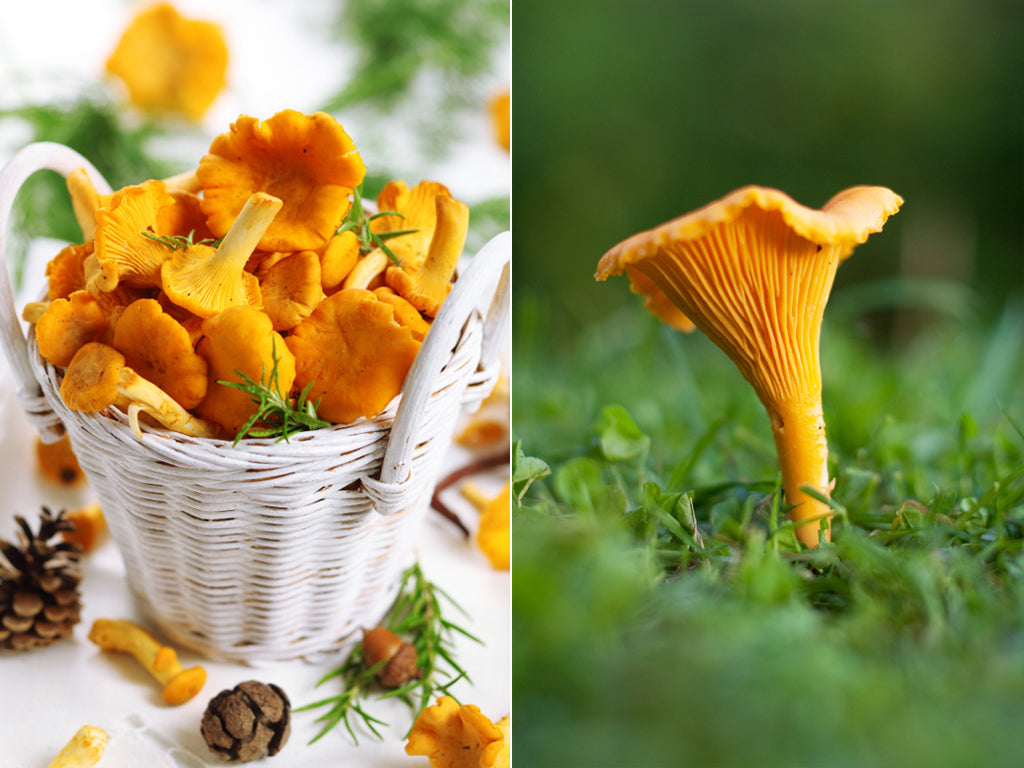
Appearance: This is what he looks like
The yellowish-white-spotted stem of the chanterelle mushroom is 3 to 8 centimeters long and up to 1 centimeter thick. Its cap varies greatly in size, but usually has a diameter of 4 to 8 centimeters. The funnel-shaped, irregularly wavy shape is rather flat in the center. The cap edge, however, is curled. The mushroom has a brilliant golden yellow color. The chanterelle mushroom also has no true gills, but rather ridges on the underside of the cap that fork and run down the stem.
Like most mushrooms, it has a doppelganger, the false chanterelle, which looks almost identical to it. However, the true chanterelle is considerably more yellowish than its more orange counterpart.
Habitat: Where can I find the delicious mushrooms?
Chanterelles prefer to grow near deciduous trees such as beeches, oaks, or conifers such as pines. However, they also thrive in other tree species. They also prefer mossy substrates; ideally, they are lightly covered with leaf or needle litter. The soils in which they grow are usually semi-arid and poor in nutrients and bases. They can be found in small groups or in larger numbers in one location.
The golden mushrooms ripen from late summer to late autumn. The bright yellow chanterelles can be harvested year after year from the same location, so once you've found them, you can enjoy mushroom picking for many years to come. So, you should think carefully about whether you want to tell others about your discovery...
But be careful: Chanterelles can easily be confused with other mushrooms. Therefore, always check with a mushroom guide before eating them, or better yet, go mushroom-picking with a mushroom expert.
For example, the bright and poisonous "olive mushroom" resembles the chanterelle, but it is not as common in our climate. Quite often, however, one encounters the "false chanterelle," which looks quite similar to the true chanterelle. While it is not poisonous, it tastes bland and has white flesh. It can be identified by its orange color, the true gills on the underside of the cap, and its symmetrical shape.
It's widely believed that mushrooms should be separated. However, current research suggests that it's better to remove the entire mushroom from the soil.
Before preparing, be sure to trim off any stump and any remaining parts and carefully clean the mushrooms with a brush. Chanterelles are best consumed immediately after harvesting. They can be stored in the refrigerator for up to two days.
Population and development: Chanterelles under protection
Chanterelles can also be found in Australia, northern Asia, South America, North America, and Europe. But here in Europe, this small mushroom is one of the most widespread. Here in Germany, its occurrence has already decreased. Unfortunately, populations have been declining since the 1970s, probably due to increasing air pollution. Other factors such as forestry vehicles and water scarcity are also increasing the threat to these golden-yellow mushrooms. Most of the chanterelles we buy on the market therefore come from Eastern Europe, where they are still widespread. In Austria, the mushroom, known as "Eierschwammerl," has even been given protection. The harvest there may not exceed 2 kilograms per person per day.
What few people know is that here in Germany, the amount of wild mushrooms you can pick is limited to one kilogram per person. Even if it's difficult, it's best not to harvest too large quantities in one day.
Outlook: This is what happens next
Chanterelles have been a very popular edible mushroom since ancient times. This little all-rounder is still in high demand today: its attractive appearance, delicate flavor, and versatility are just some of its advantages. It is an undisputed seasonal harvest highlight in our latitudes, even though it is often rare and somewhat expensive. So enjoy chanterelle season to the fullest. The easiest way to do this is with one of our great recipe ideas: simple, fresh, and delicious!
>> Delicious recipes with chanterelles
TEXT: Merle Hildebrandt

